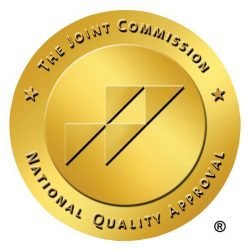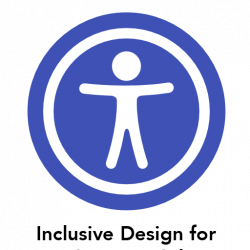WHEN IS IT SAFE TO EXERCISE ONCE YOU ARE CLOSE TO YOUR MAINTENANCE WEIGHT
Great question, but not an easy answer. Bottom line: only your treatment team can answer that question for you specifically, based on your personal history, the eating disorder behaviors that you used most frequently, your weight patterns before, during and after eating disorder behaviors, and your recovery journey itself. But let’s talk about why…
Physical activity has many positive benefits for both physical and mental well-being, all supported by research; however, the negative consequences that occur when physical activity becomes dysfunctional are also many, and supported by research. (Calogero, R and Pedrotty-Stump, K (2010). Incorporating exercise into eating disorder treatment and recovery. In Maine, McGilley & Bunnell (eds), Treatment of Eating Disorders: Bridging the Research-Practice Gap). When working towards eating disorder recovery, it is the compulsive component of exercise that is most concerning.
What are the four main components of compulsive exercise? 1) the driven quality of exercise, in which injury, weather and time are disregarded, 2) the ritualized, rigid pattern of when and how the exercise is performed, 3) the motive of exercise, in which it is performed primarily based on weight and shape concerns, and 4) the dependence on exercise to manage emotional states, such as avoiding guilt or elevating mood. It is so important to honestly evaluate if and how deeply these four components influence your desire to return to exercise.
We talk a lot about intuitive eating, and similar principles can be used to determine whether you practice intuitive exercising. Moving intuitively without compulsive behaviors motivating it can help determine when exercise returns within your recovery journey. Dr Beth McGilley, FAED, CEDS, offers four wonderful “exercise mantras” to assist both clients and treatment teams in developing a new, non-compulsive relationship with physical activity:
- “Take it outside” – Participate in nature based vs. gym based activities to shift focus away from comparisons to others and reliance on computer-generated machine feedback.
- “Play it forward” – Focus on the social benefits and community involvement that you can find by participating in a charitable community exercise event or planning a hike with friends.
- “Flexible flexing” – Move away from rigid routines towards more flexible movements and activities.
- “Move as you’re moved” – Recreate the joyful movements from your childhood that had no connection to calories burned or length of time performed.
Intuitive exercise, based on mindful movement instead of driven control, can become such an important part of your recovery process – but requires developing a new, healing relationship with your body and its innate and natural ability to experience movement with joy and abandonment.
If you would like Tammy to answer one of your questions, please email your question to info@Alsanatc.com or post it on our @Alsanatc Facebook page with #TuesdaysWithTammy.

JOIN OUR ONLINE SUPPORT GROUP
Weekly meetings
Fridays at noon / PST

VIRTUAL TREATMENT OPTIONS
Meeting each client where they are on their recovery journey. Virtually.
Our Recommended Articles
Start the road to recovery with Alsana.






